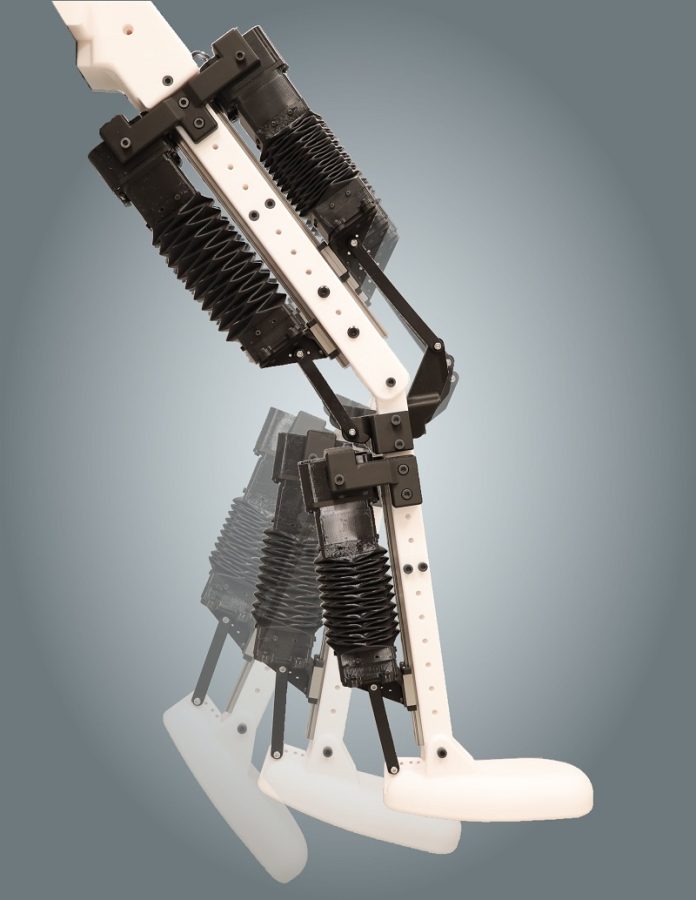
Robots might soon be moving more like humans and animals, thanks to a major breakthrough by engineers at Northwestern University.
A team of researchers has developed a new kind of artificial muscle that is soft, strong, and flexible—perfect for helping robots walk, lift, or even kick a ball.
This exciting invention could lead to more lifelike and capable robots that can better interact with people and the world around them.
Robots today are often stiff, heavy, and awkward. Because they are made from hard materials, it’s hard for them to move smoothly or safely in complex environments.
They struggle with tasks that humans find easy, like walking on uneven ground or gently picking up an object. But living things—like humans—use soft, stretchy muscles connected to rigid bones to move in a powerful yet graceful way.
The Northwestern team wanted to give robots something similar.
To create this lifelike motion, the team designed artificial muscles using a flexible 3D-printed structure called a “handed shearing auxetic” (HSA).
When twisted by a small motor, this structure can stretch and expand like real muscle.
The engineers added a soft outer layer, similar to an origami fold, which allows the muscle to contract and expand smoothly.
The result is an actuator—a type of device that moves things—that works like a real muscle and is strong enough to lift objects 17 times its own weight. Even better, it can run on a regular battery and doesn’t need bulky equipment to power it.
Each artificial muscle is about the size and weight of a soccer ball.
It can stretch up to 30% of its length and becomes stiffer when activated, just like real muscles do during exercise or movement. These muscles are powerful and efficient, and they are lightweight enough to use in mobile, human-size robots.
To show off the muscle’s potential, the engineers built a life-size robotic leg. They used rigid plastic to make the bones, rubbery material to mimic tendons, and the new artificial muscles as the main source of movement.
The leg had three muscles—like the quadricep, hamstring, and calf in a human—and could bend its knee and ankle. It was strong enough to kick a volleyball off a stand.
The robotic leg also included a special sensor that allowed it to “feel” its movements. This soft sensor changes its electrical resistance when stretched, helping the robot know how much its muscle has moved. With this feedback, the robot can adjust how it moves in real time.
Unlike other soft robots that need to be plugged in or are too weak to do much, this leg is compact, runs on battery power, and can operate for a full hour. That makes it a big step forward for building robots that are not only lifelike, but also practical for everyday use.
Lead researcher Ryan Truby says the goal is to make robots more adaptable and capable in the real world. By mimicking the design of biological systems, including muscles and bones, robots could soon move with power, precision, and a human-like touch.



